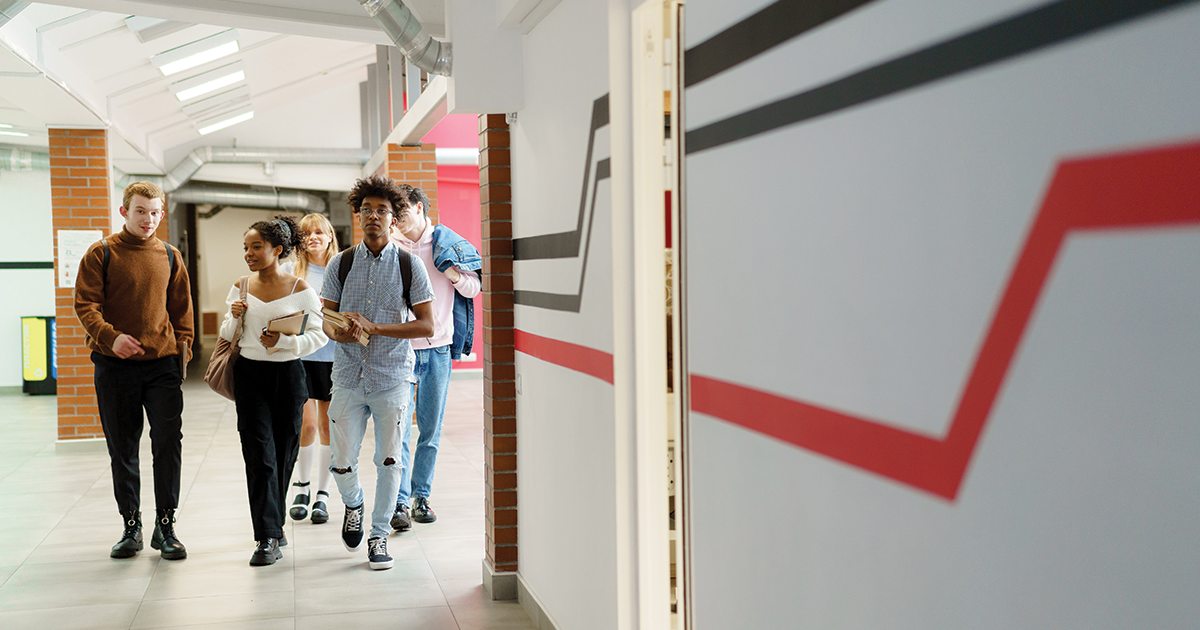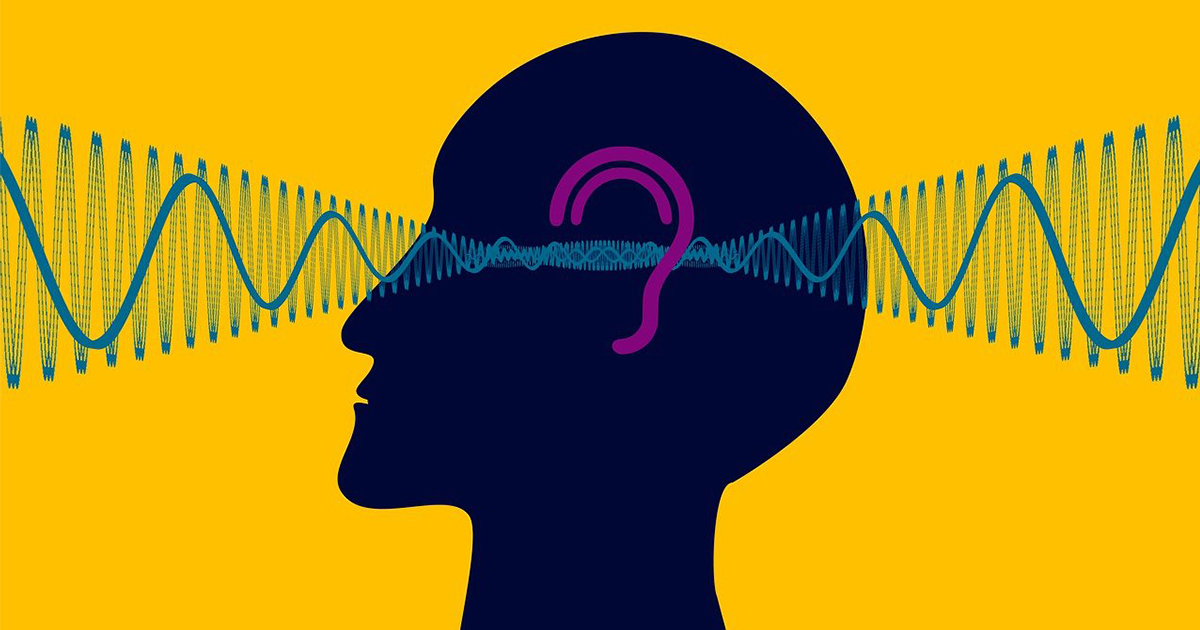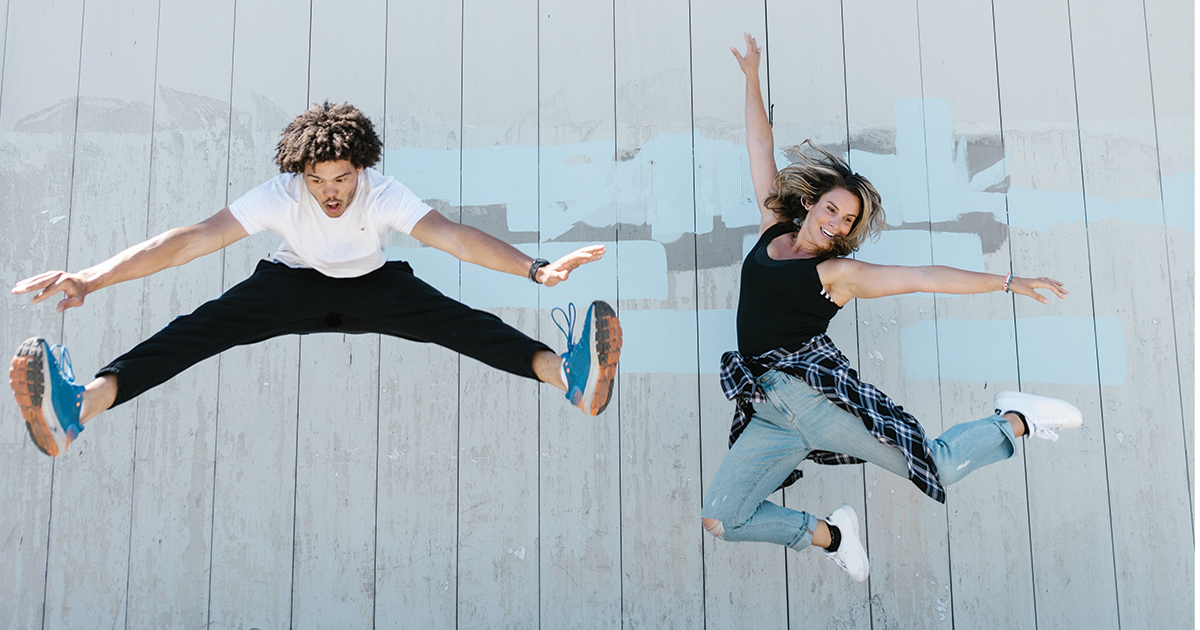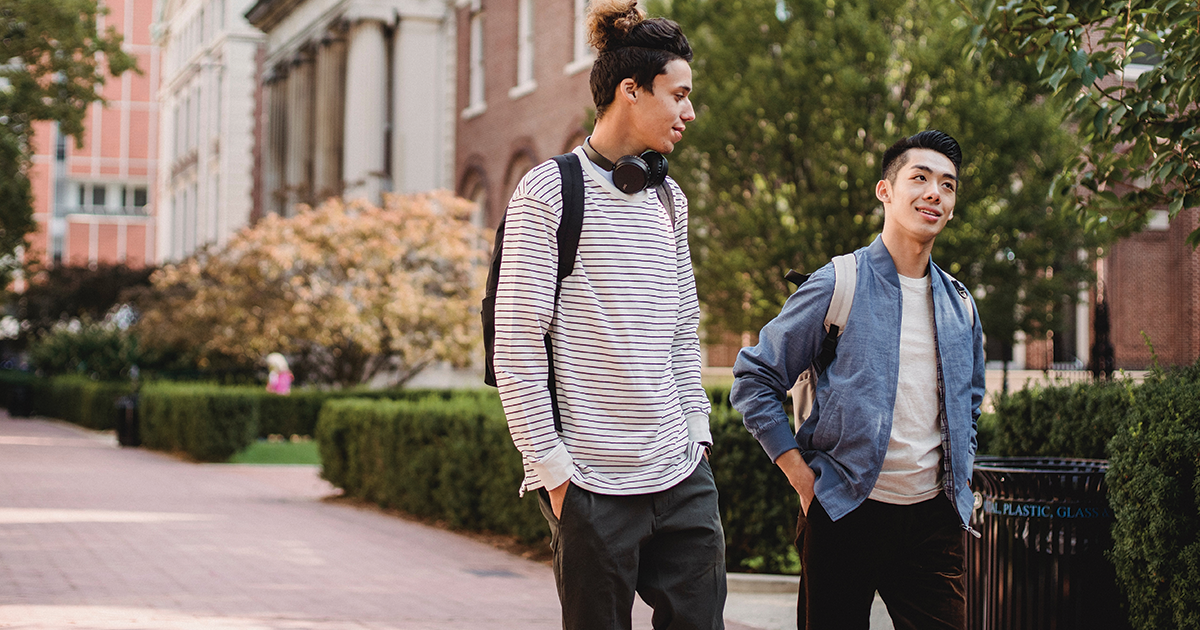
2020-2021: More “Lessons Learning” in Music Education
- Aug 4, 2020
The 2020-2021 school year is here and we are still living with the Coronavirus-19 pandemic. It seems like there are, or will be, many more variations of the school day, and distance learning will continue to play a role. Deep breath. We can do this!
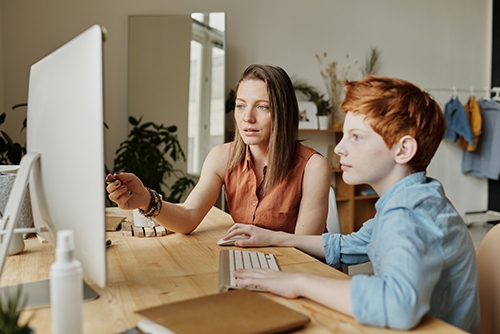
For me, every day of distance learning still holds an “ah-ha,” even after four decades as a practicing music educator. Every day I continue to learn and refine ways to make music education stronger for students and families who still a) may be under significant stress to secure adequate shelter, food, and care; b) worry about friends and loved ones who are healthcare workers, first responders, or other essential workers; c) may or may not have broadband/internet service, d) feel isolated from other family members and friends, and/or e) didn’t choose this.
After countless webinars, briefings from my state department of education, articles, blogs, virtual conversations, and trial-and-error experiences, here is my growing list of “lessons learning”:
Focus on maintaining relationships you’ve already developed with students.
- There is nothing like seeing a friendly face, even virtually. Make it a priority to meet with sections or groups of students at least once a week. How are they doing?
- Set up “office hours” so students can talk with you via email or a special phone number.
- Email individual messages.
- For a student who hasn’t responded to email, mail a brief note and include a stamped envelope so he or she can respond.
- Get to know families new to your program.
- Make short videos of yourself explaining an assignment or showing students your temporary work space.
- What fun activity could you all take part in? Wild socks day. Meet my pet day. Where is the school mascot today (and have students submit a photo of the school mascot taken somewhere around their house)?
- What ideas, suggestions, and perspectives do students have?
- Is there a way that you can facilitate students communicating with other students in the class? We know one reason students join an ensemble class is to be part of a community.
Teach students with empathy, compassion, and grace.
- See number 1. Check in with students and ask how are they doing?
- School work can be a low priority right now given everything else that is happening in their lives. A student’s whole world may be turned inside out and you’re worried that an assignment is not turned in by 3:00?
- Do. No. Harm.
Recognize teaching and learning needs to look different.
- We are continually reminded that the “what” of music education has not changed, just the “how.” Students can still create, perform, respond, and connect.
- What if you focus on “process” goals rather than “product” goals?
- Could students set some of their own goals or have options to select from a choice board?
- Start small and take baby steps down this new path. Plan learning that is a less complicated than if you were together at school with face-to-face instruction.
- Slow down, do less, and expect everything to take a little longer than you planned.
- Expect this to be [mostly] asynchronous learning—let students set their own pace.
- Focus on deepening experiences rather than new learning (both for equity and engagement). Please, no word finds or coloring pages.
- Formative or summative, formal or informal assessment. What will you gather as evidence of learning?
We can still perform.
- Reassure students that ensembles as they know it have not gone away—this is temporary.
- If, or when, we can rehearse face-to-face, our bands and orchestras might be divided into random smaller groups with untraditional instrumentation… and yet?
- Use music with flexible scoring options or chamber music collections.
- After working together on various parts, have a lesson in arranging and open the door for students to decide which instrument/section best carries each part.
- What other compositional decisions could students make?
- Online, make music together in whatever way possible.
- Can the ensemble create chords from sustained pitches (an activity where the technology lag doesn’t matter as much)? Focus on tone and intonation, and that great satisfaction when dissonance resolves.
- A sectional can turn into a masterclass if a few individuals are willing to play a phrase or section for feedback and discussion.
- Make it a play-along day of favorite pieces or favorite lines in the method book. Turn on a recording and conduct, students will play their parts with their microphones on mute, and they are surrounded by the sound of their peers.
- Build a mindset for solitary playing/singing.
- Distance learning could be an amazing opportunity for individual instruction that is not possible in a face-to-face school day.
- Could students work on a solo of their own choosing? An accompaniment track would be most important in this scenario.
- Bring in Social Emotional Learning through attention to self-awareness and self-management skills. What went well in their practice session? What’s next? What questions do you have?
- What would it take to organize a virtual solo festival or recital?
- Can you encourage students to perform live for their families or for others? Never underestimate the power of music to make another person’s day special.
Let’s create!
- Everyone can improvise, but have studets had formal encouragement to do so? To get started with simple experiences, check out my Groovin' from Home - Band tracks or Groovin' from Home - Strings tracks.
- Engage students in creating rhythm patterns or melodic phrases, then connecting them to make longer rhythm lines or simple melodies. What details might students add to make their music more interesting or to communicate a mood or idea? There are lots of opportunities here for student choice and voice.
Take time for students to listen to, respond, and connect to music.
Like creating, these are facets of music-making that often happen with less regularity when there’s the pressure of an upcoming concert. Pivot. Capitalize on this opportunity and you may be surprised at the insights of your students.
- What interesting music can you introduce students to? Even better, what favorite music, artist, or song can students share?
- This could be a great opportunity for students to engage in a music topic of personal interest—music from another continent, music in protest, music and social justice. How have other composers communicated different perspectives?
- Work in these areas of our standards can be about developing a real-life application or connection with music versus technical skills.
Be predictable. Continue with practices your students expect.
- Use specific “I can…” statements so students understand what they will know or be able to do by the end of the assignment.
- Bring in an element of fun or something out of the ordinary:)
- Give students choice whenever possible.
- Provide specific, descriptive feedback on assignments they complete.
Should we use technology or not?
- Students [and teachers] are more successful if they have used the technology before combining it with distance learning. Note to self: Even though you may want students to sing, play, move in your classroom, it would be good to teach any technology needed for when we find ourselves distance learning again.
- “Hard copy” options are needed for students without reliable internet access, or for families where multiple siblings must share one device.
- How long can students be expected to sit in front of their screen each day?
- Invest in a comfortable set of headphones.
As hard as we are working, recognize everything will not be perfect…
More lessons to be learned.
Yes, and… if you are looking for more music resources, check out 40+ distance learning experiences I’ve created for K-12 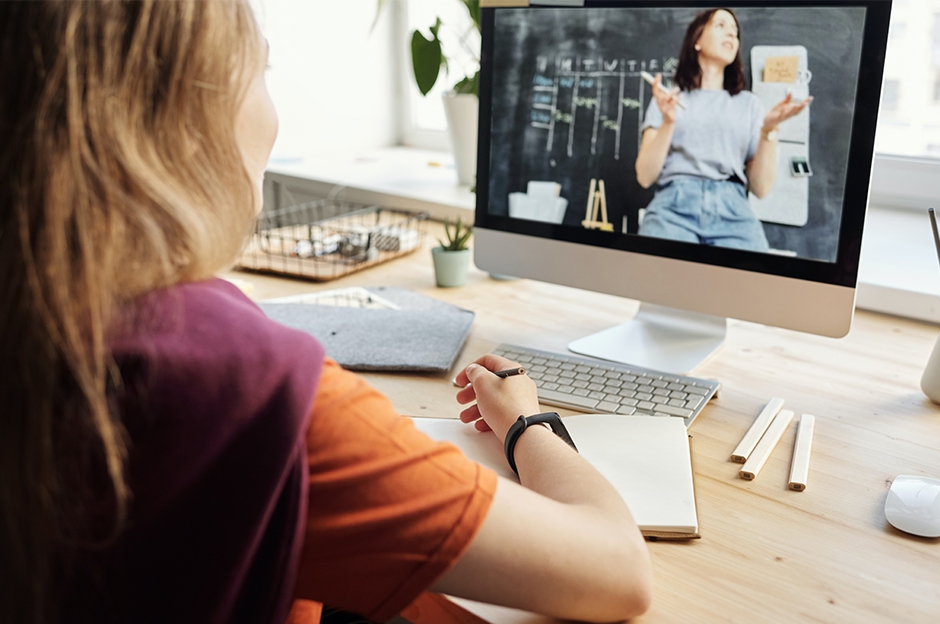 students. Feel free to use any of them “as is,” or perhaps they will spark other ideas that better fit your students and classroom. In my “day job,” I serve as music education specialist for the state of Minnesota through Professional Development and Resource Programs at Perpich Center for Arts Education. The resources I have created are posted on the Perpich Center website at http://perpich.mn.gov/professional-development/state-arts-education-specialists/.
students. Feel free to use any of them “as is,” or perhaps they will spark other ideas that better fit your students and classroom. In my “day job,” I serve as music education specialist for the state of Minnesota through Professional Development and Resource Programs at Perpich Center for Arts Education. The resources I have created are posted on the Perpich Center website at http://perpich.mn.gov/professional-development/state-arts-education-specialists/.
When you locate the Perpich Arts Education Specialists page, the first link in the Music column is an overview glossary of the experiences posted. You’ll see that each experience has suggested grade levels, is marked as needing internet or not, is aligned with a strand or process of the national standards (create, perform, respond, or connect), has an “I can…” statement, and other details. Any [bold] title in the right column of the chart is a duplicable page that is also located further down the column on the Arts Education Specialists webpage.
It sounds like we will experience at least intermittent opportunities for distance learning in the year ahead. Deep breath. We can do this!
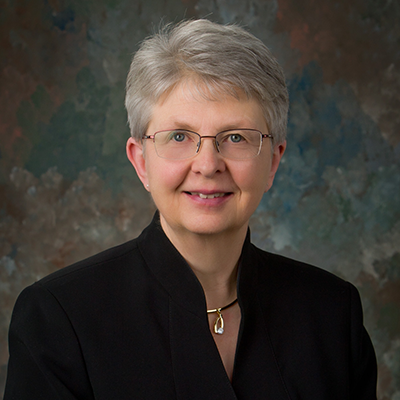 Dr. Wendy Barden received her Ph.D. fom the University of Minnesota. She taught music in the Ossea Area Schools (Minnesota) for over 30 years, and served as K-12 Music Coordinator for a department of 55 music educators. In 1992 she was named “Band Educator of the Year” by the Minnesota Music Educators Association.
Dr. Wendy Barden received her Ph.D. fom the University of Minnesota. She taught music in the Ossea Area Schools (Minnesota) for over 30 years, and served as K-12 Music Coordinator for a department of 55 music educators. In 1992 she was named “Band Educator of the Year” by the Minnesota Music Educators Association.

